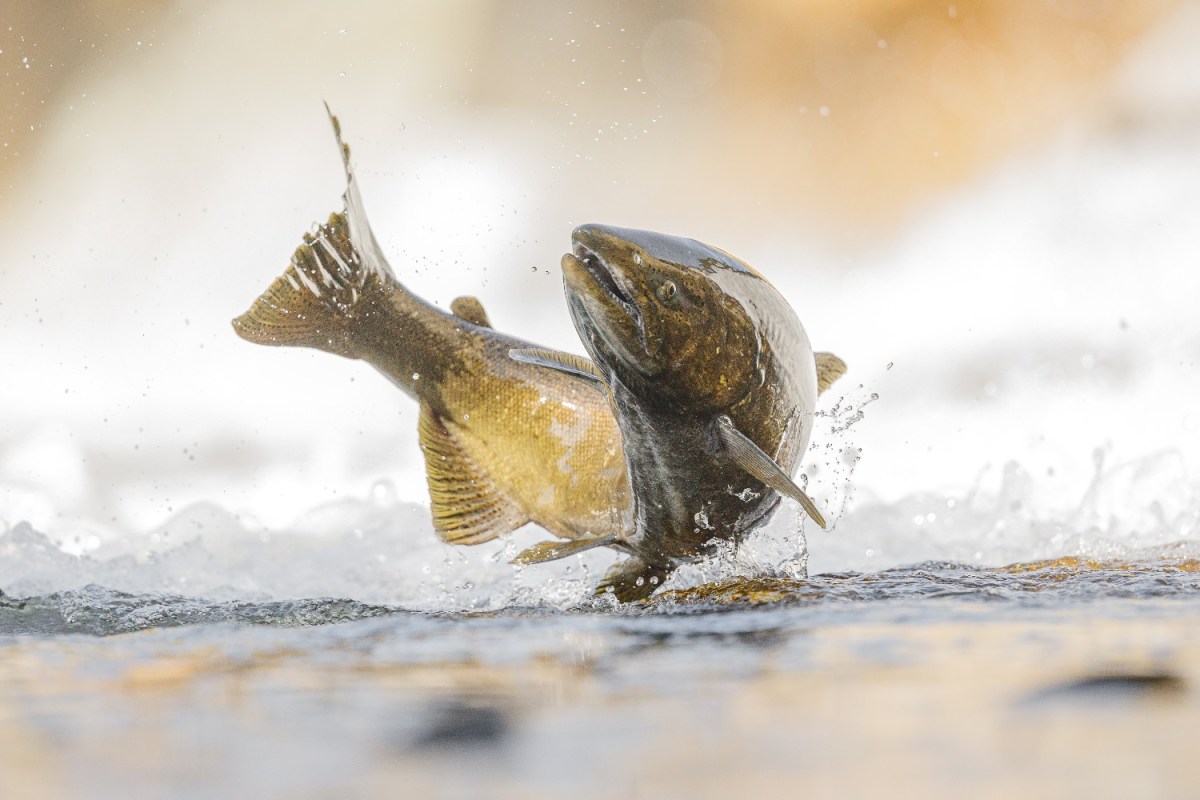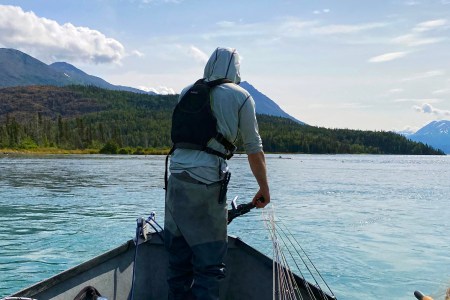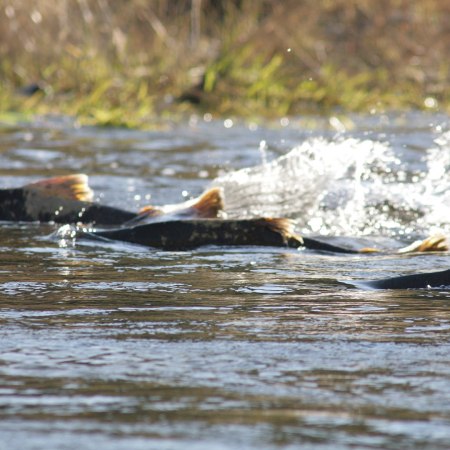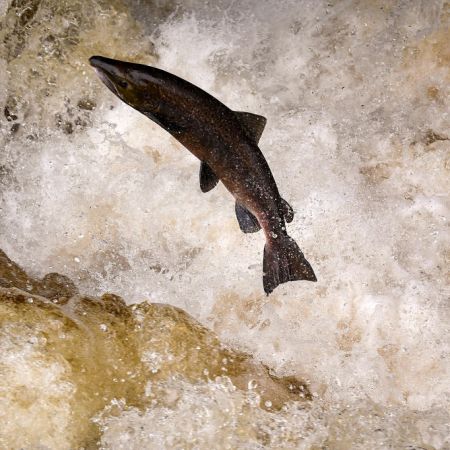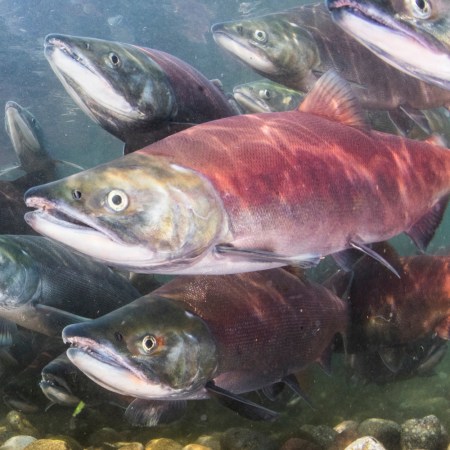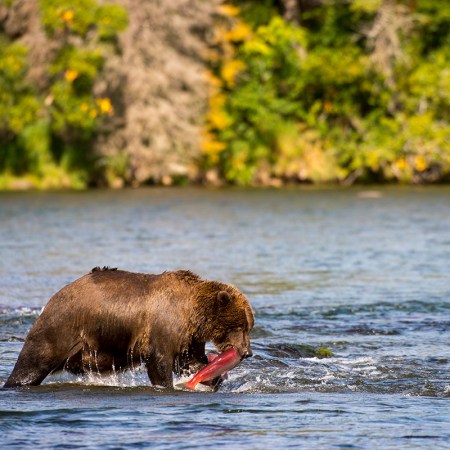You might not think of the waters of the Arctic as an ideal place for salmon to spawn. That assumption is understandable — cold water is not exactly conducive to the idea of fish propagating their species. And yet the effects of climate change have altered the temperatures of countless bodies of water, and aquatic life is reacting accordingly. Just as sharks have embraced warmer ocean temperatures off the California coast, so too are salmon making their way into the Arctic for purposes of romance and procreation.
Scientists associated with the University of Alaska Fairbanks observed a number of instances of salmon making their way into Arctic waters where they would have been a rarity in decades past. “Throughout most parts of the salmon’s range, things have gotten too warm and they’re starting to blink off. In the Arctic, the water is getting warm enough and they’re starting to blink on,” said researcher Peter Westley in a statement.
Westley went on to note that salmon have a long history of seeking the most appropriate habitat for spawning, wherever that might be. “Straying is part of the biological story of salmon — it’s what they do. It’s a fundamental part of their biology and evolution,” he said. “In the Arctic, we can see it playing out before our eyes.”
In an Alaskan Salmon Season, Even an Earthquake Can’t Phase the Fishermen
A report from the Kenai Riverside LodgeAs WIRED‘s Matt Simon reported, the Arctic is warming at a rate significantly higher than the rest of the globe — which helps to explain the salmon’s behavior. The researchers from the University of Alaska Fairbanks found approximately 100 chum salmon in the Anaktuvuk and Itkillik rivers — both situated in the northernmost region of Alaska.
While Indigenous fishermen had found salmon in those rivers before, this is a more significant salmon population than anything previously recorded — and a discovery that’s another sign of a changing world.
This article was featured in the InsideHook newsletter. Sign up now.
